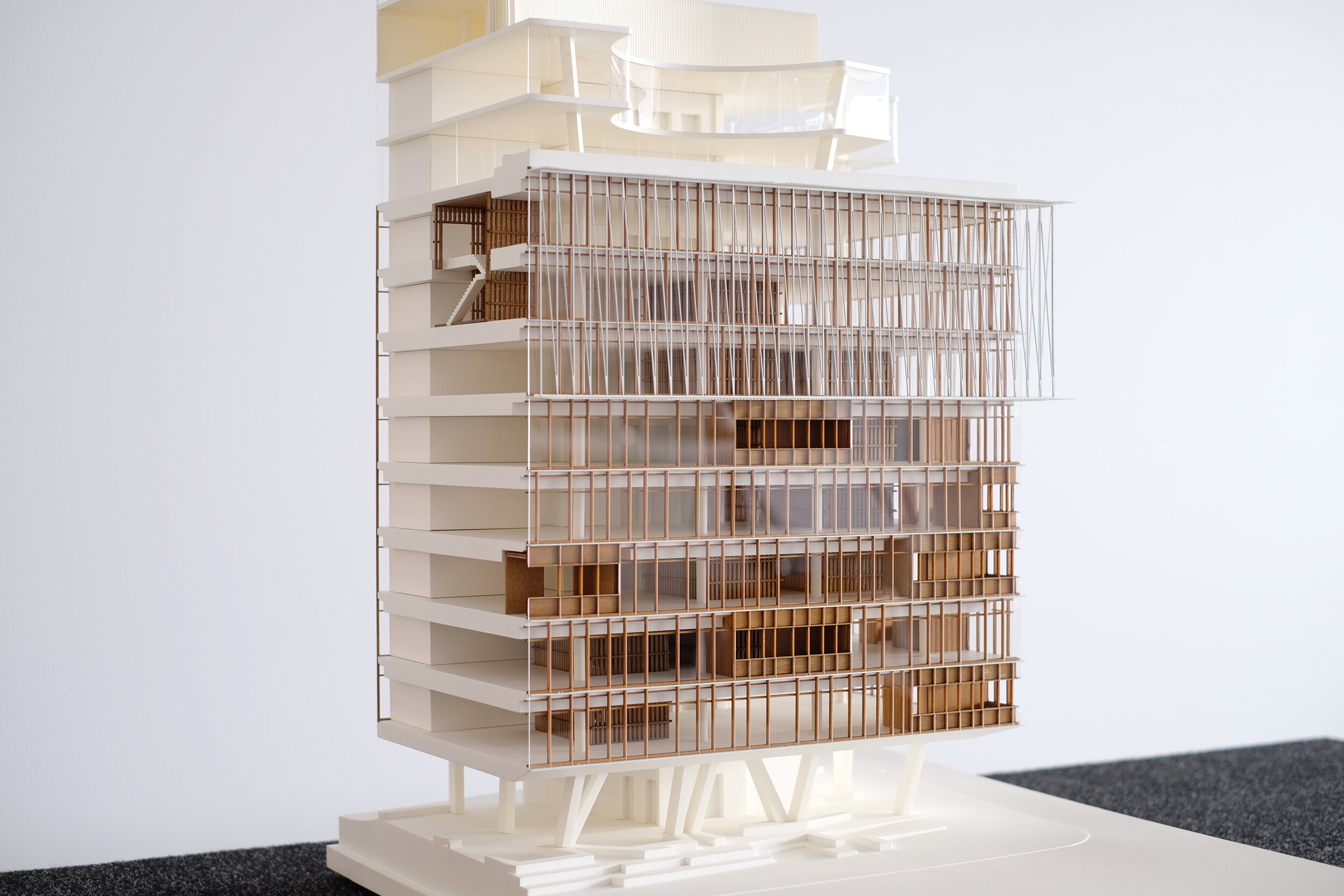
Architectural models in context: creativity, skill and spectacle

Architectural models in context: creativity, skill and spectacle
Architectural models serve as essential tools for architects and designers, allowing them to communicate their ideas, explore spatial relationships, and showcase their creativity. In the context of creativity, skill, and spectacle, architectural models play a vital role in the design process and the broader architectural discourse:
Creativity: Architectural models are an extension of the architect’s creative process, translating abstract concepts and ideas into tangible, three-dimensional forms. They provide a medium for experimentation and exploration, enabling architects to test different design options, materials, and spatial arrangements. The physical act of model making can also inspire new ideas and stimulate creative thinking.
Skill: Model making is a craft that requires a high level of skill, precision, and attention to detail. The process of creating an architectural model often involves the use of specialized tools and techniques, such as cutting, shaping, and assembling various materials. Mastering these skills is an essential aspect of architectural education and practice. A well-crafted model not only represents the design but also demonstrates the architect’s skill and craftsmanship.
Spectacle: Architectural models often serve as a visual spectacle, captivating the attention and imagination of viewers. They provide a means of showcasing a project’s aesthetic qualities, unique features, and innovative design solutions. Models are frequently displayed in exhibitions, museums, and other public spaces, allowing the public to engage with and appreciate the art of architecture. In this way, architectural models contribute to the broader cultural discourse surrounding architecture and design.
Communication and Collaboration: Architectural models are an effective means of communication, enabling architects to present their ideas to clients, colleagues, and other stakeholders. They provide a shared language for discussing design concepts, identifying potential issues, and proposing solutions. Models can also foster collaboration between architects, engineers, and other professionals involved in the design and construction process.
Representation and Simulation: Architectural models allow architects to simulate the appearance and performance of their designs, taking into account factors such as light, shadow, and materiality. This helps architects make informed decisions about their projects and refine their designs accordingly.
Education and Pedagogy: Architectural models play a crucial role in architectural education, helping students develop design skills, understand spatial relationships, and learn about construction techniques and materials. They serve as both a teaching tool and a means of evaluating students’ progress and understanding.
In summary, architectural models are essential to the practice of architecture, embodying creativity, skill, and spectacle. They serve as a vital tool for communication, collaboration, representation, and education, contributing to the ongoing development and evolution of the architectural discipline.




0 комментариев
Написать комментарий